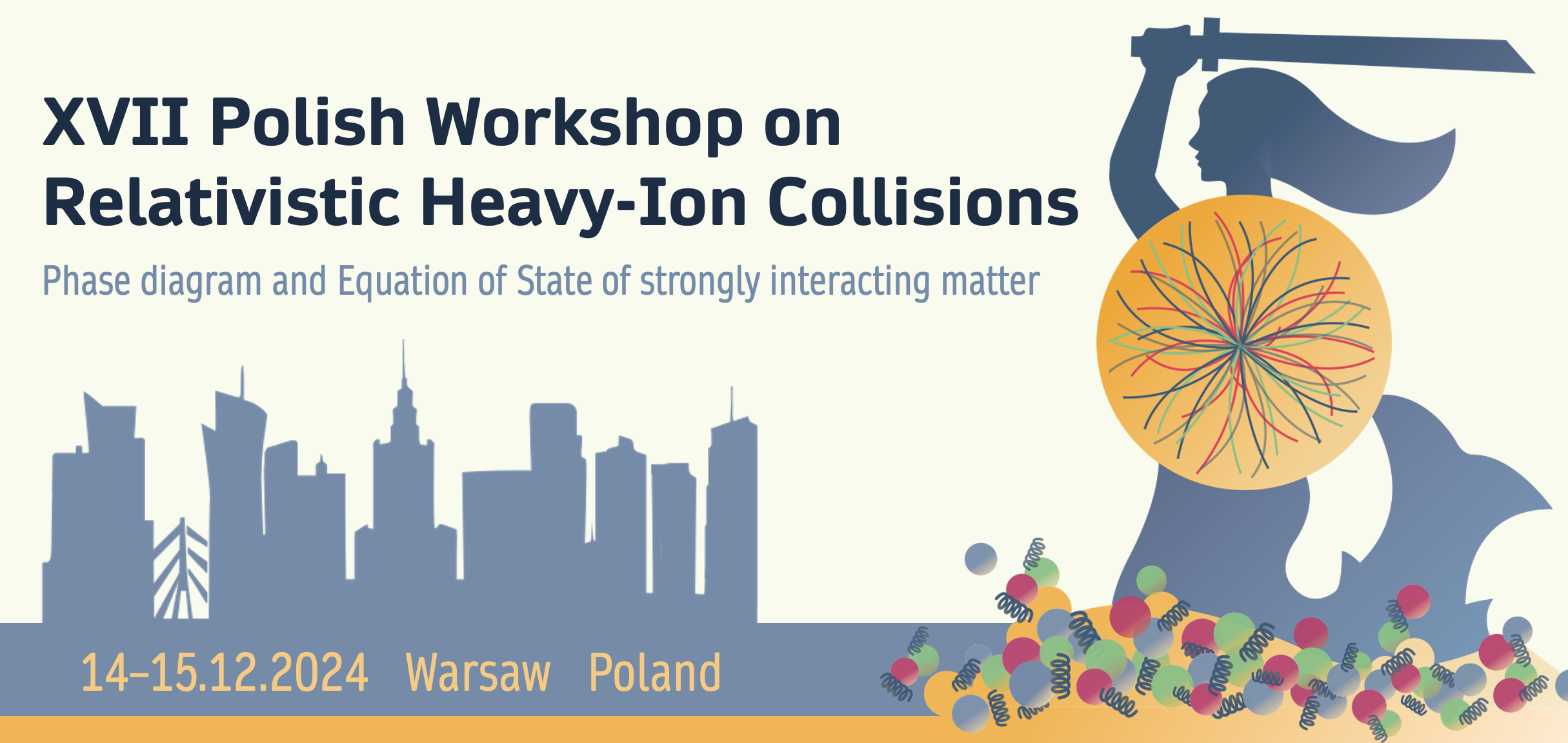Speaker
Description
The experimental particle yields (36 multiplicities in total) from pp interactions around $\sqrt{s} \sim $ 10 GeV are reasonably described [1] within statistical hadronization model ThermalFist [2]. The volume for strangeness was used as an additional free parameter, essential for the quality of the reproduction of experimental results (-3$\pm$17 \% average relative difference). Among the measured yields, antibaryons (except antiprotons) are very rare. The multiplicity of antiprotons production is found to depend almost quadratically ($1.86\pm0.11$) on the available energy corrected for the threshold energy of producing baryon-antibaryon pair. This energy dependence, with appropriate scaling, surprisingly well describes the yields of other antibaryons ($\bar{n}$, $\bar{\Lambda}$, $\bar{\Xi}$, $\bar{\Xi}(1520)$) calculated within the statistical hadronization model and/or obtained experimentally. However, this simple scaling does not apply to the energy dependence predicted for antideuterons.
